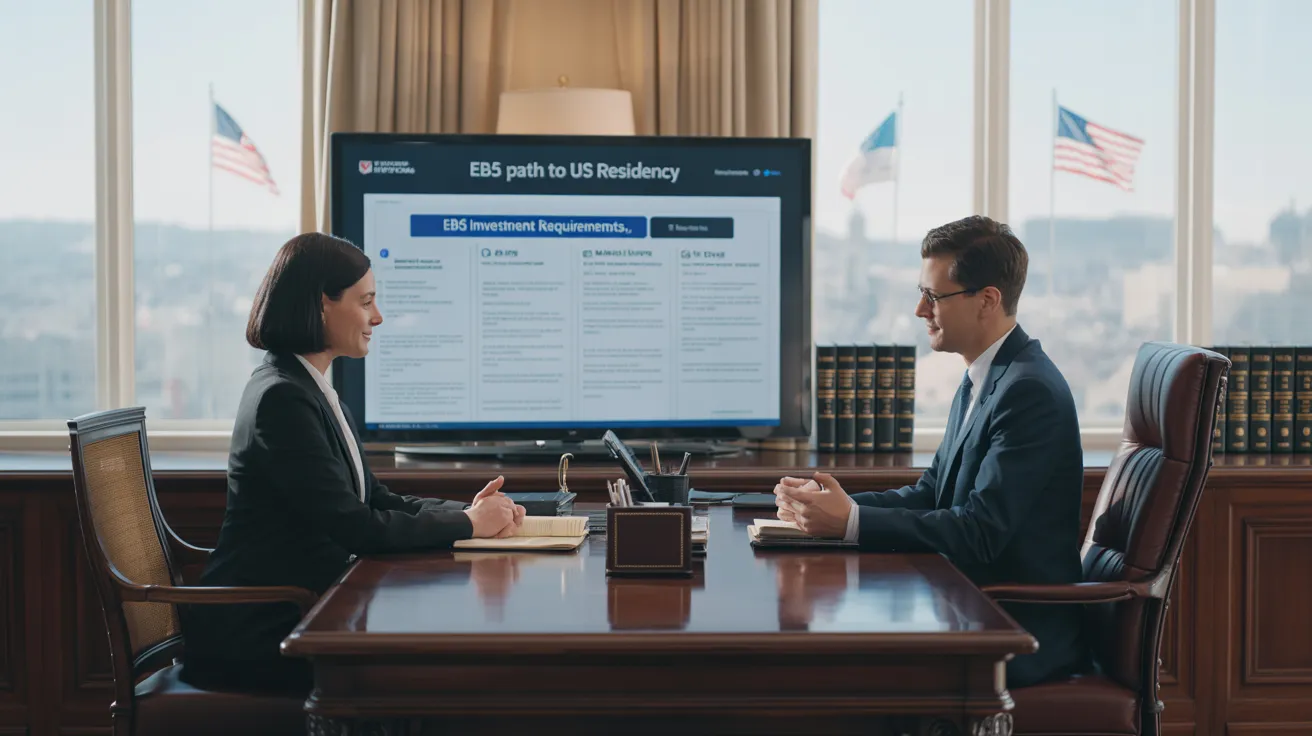The Ultimate Guide To L1 Visa
Table of ContentsThe Facts About L1 Visa RevealedL1 Visa Fundamentals ExplainedFascination About L1 VisaL1 Visa for BeginnersL1 Visa Fundamentals ExplainedThe 7-Minute Rule for L1 Visa
Offered from ProQuest Dissertations & Theses Worldwide; Social Science Premium Collection. DHS Workplace of the Assessor General. Recovered 2023-03-26.

U.S. Division of State. Obtained 22 August 2016. "Employees paid $1.21 an hour to set up Fremont tech firm's computer systems". The Mercury News. 2014-10-22. Obtained 2023-02-08. Costa, Daniel (November 11, 2014). "Little-known short-lived visas for foreign technology workers depress wages". Capital. Tamen, Joan Fleischer (August 10, 2013). "Visa Holders Replace Workers".
The L1 Visa Diaries
In order to be qualified for the L-1 visa, the foreign firm abroad where the Beneficiary was utilized and the United state firm need to have a certifying relationship at the time of the transfer. The different types of certifying relationships are: 1.
Company A possesses 100% of the shares of Business B.Company A is the Parent and Business B is a subsidiary. There is a qualifying relationship between the two firms and Firm B need to be able to fund the Recipient.
Instance 2: Company A is included in the united state and wants to seek the Recipient. Firm B is included in Indonesia and uses the Beneficiary. Company A possesses 40% of Firm B. The remaining 60% is possessed and regulated by Company C, which has no relation to Business A.Since Firm A and B do not have a parent-subsidiary connection, Firm A can not fund the Recipient for L-1.
Firm A has 40% of Firm B. The remaining 60% is possessed by Firm C, which has no relation to Company A. Nonetheless, Company A, by formal agreement, controls and complete handles Company B.Since Company A possesses less than 50% of Business B yet handles and manages the firm, there is a qualifying parent-subsidiary partnership and Firm A can sponsor the Beneficiary for L-1.
10 Simple Techniques For L1 Visa
Associate: An affiliate is 1 of 2 subsidiaries thar are both owned and controlled by the very same moms and dad or individual, or had and controlled by the same group of individuals, in essentially the very same ratios. a. Example 1: Company A is included in Ghana and employs the Recipient. Business B is incorporated in the U.S.
Firm C, likewise integrated in Ghana, possesses 100% of Firm A and 100% of Firm B.Therefore, Business A and Business B are "associates" or sister firms and a qualifying partnership exists in between both firms. Business B need to have L1 Visa guide the ability to sponsor the Recipient. b. Example 2: Firm A is included in the U.S.
Business A is 60% possessed by Mrs. Smith, 20% had by Mr. Doe, and 20% had by Ms. Brown. Business B is included in Colombia and currently uses the Beneficiary. Business B is 65% owned by Mrs. Smith, 15% owned by Mr. Doe, and 20% had by Ms. Brown. Company A and Company B are associates and have a qualifying connection in 2 different methods: Mrs.
The L-1 visa is an employment-based visa group established by Congress in 1970, permitting international companies to move their supervisors, executives, or vital employees to their U.S. procedures. It is frequently referred to as the intracompany transferee visa.

In addition, the beneficiary must have worked in a supervisory, exec, or specialized staff member placement for one year within the three years coming before the L-1A application in the foreign firm. For brand-new workplace applications, international employment should have been in a managerial or executive capability if the recipient is coming to the United States to work as a supervisor or executive.
The Single Strategy To Use For L1 Visa

If given for an U.S. business operational for even more than one year, the preliminary L-1B visa is for up to 3 years and can be extended for an additional two years (L1 Visa). Alternatively, if the U.S. business is freshly established L1 Visa process or has actually been operational for less than one year, the preliminary L-1B visa is released for one year, with expansions readily available in two-year increments
The L-1 visa is an employment-based visa classification developed by Congress in 1970, allowing international firms to transfer their managers, execs, or essential employees to their U.S. operations. It is commonly referred to as the intracompany transferee visa. There are 2 main kinds of L-1 visas: L-1A and L-1B. These kinds appropriate for workers employed in different positions within a company.
Getting My L1 copyright Work
In addition, the beneficiary has to have functioned in a managerial, executive, or specialized staff member placement for one year within the 3 years preceding the L-1A application in the foreign firm. For brand-new workplace applications, international employment has to have remained in a managerial or executive capability if the beneficiary is involving the United States to work as a supervisor or exec.
for approximately seven years to oversee the procedures of the united state affiliate as an executive or manager. If released for an U.S. firm that has actually been functional for greater than one year, the L-1A visa is initially approved for up to 3 years and can be prolonged in two-year increments.
If given for an U.S. company functional for even more than one year, the first L-1B visa is for approximately three years and can be prolonged for an added two years. Conversely, if the united state company L1 Visa guide is recently developed or has been functional for much less than one year, the preliminary L-1B visa is issued for one year, with extensions available in two-year increments.
Comments on “L1 Visa Explained”